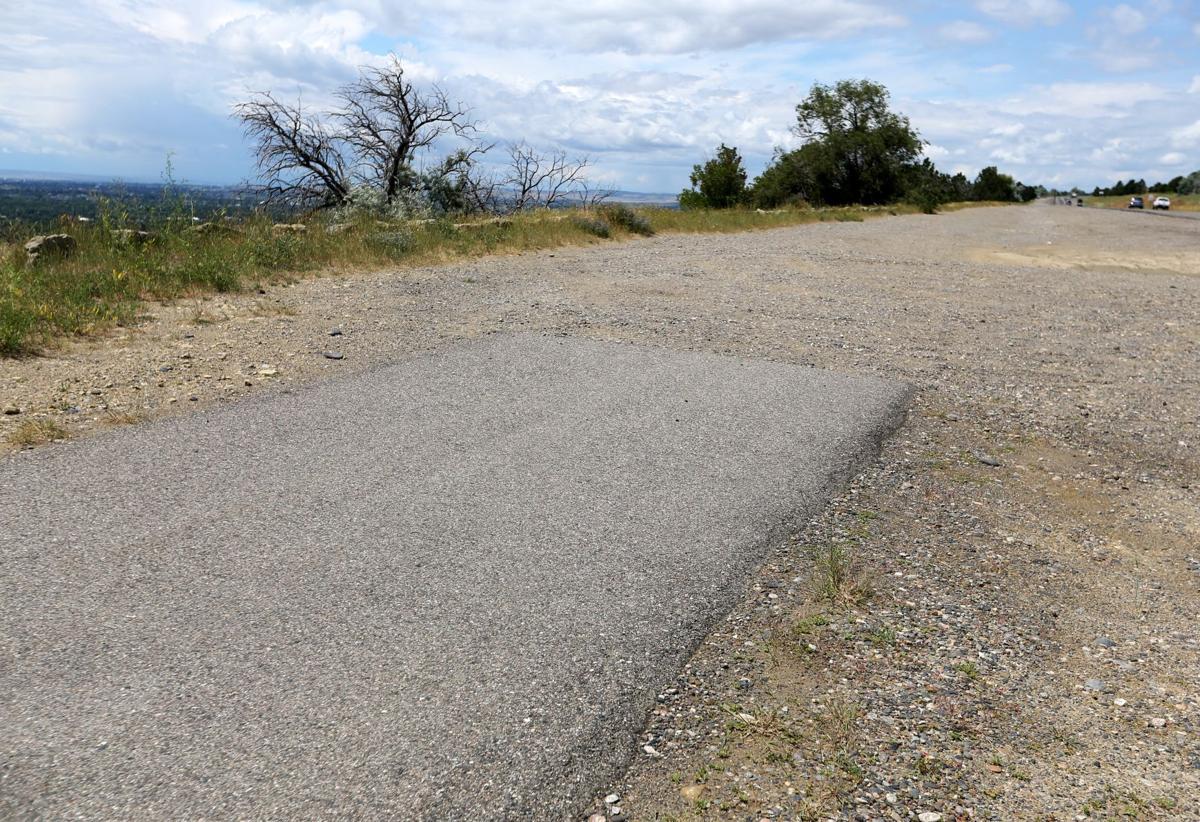Whether to begin measuring the fiscal impacts of the city’s development patterns is one of four topics for discussion during the Billings City Council’s Tuesday work session.
The meeting, held a day later than normal because of the Martin Luther King Jr. holiday Monday, begins at 5:30 p.m. in council chambers at City Hall, 220 N. 27th St.
As the fourth item on Tuesday’s agenda, the council will hear a presentation on a cost of services study, which will provide information on how development patterns affect service delivery costs — police and fire protection, street construction and maintenance, sewer and water service, parks, transit and other services.
In the Friday packet provided to council members, the study — estimated to cost between $25,000 and $75,000 — is not characterized as a “no growth” or “no development” tool. The city conducts rate studies for water and sewer services, but does not measure the cost of development on other services it provides.
The presentation outlines a number of reasons the study should be undertaken, including:
- City leaders are “very concerned” about the financial impact of community investment decisions.
- The city has constrained revenue sources.
- Residents and city officials want “financially sustainable decisions.”
- The study will provide data to compare public investment and private development.
- The study would better inform staff of the impacts of different development patterns on city services, thus making the city council better informed for the decisions it must make.
Results of the study would be used in at least three ways:
- Comparing predicted property tax return of development to the cost of serving development. One example cited: what is the return on investment for services cost on development averaging three or four residences per acre?
- Informing how development patterns and how services are paid for affects cost distribution across the community.
- Determining whether public safety levels are adequate now and what’s needed in the future based on development and growth patterns.
Skyline Trail
The three-mile proposed trail would link Swords Rimrock Park and Zimmerman Park. The trail ends just west of the airport roundabout.

The paved bike trail along the Rimrocks ends in a gravel parking area west of North 27th Street.
CASEY PAGE, Gazette StaffProponents say it’s needed to create access to Zimmerman Park, to take advantage of “our unique topography — the Rims,” to beautify the entrance to the city from Highway 3 and to create parking areas “where it is currently haphazard.”
At least four groups are collaborating on the project:
- Montana Department of Transportation.
- Billings TrailNet
- Billings' Parks, Recreation and Public Lands Department.
- Sanderson Stewart.
The city will manage the project.
A field design survey is now underway. The project’s timeline indicates that the design will be 25 percent complete by May. During that same month, review documents will be presented, including the engineer’s opinion of probable costs for the project.
Transportation Improvement Plan amendment
A number of projects planned for the 2017-21 program years have updates, which requires that the council amend the plan.
Those projects include:
- the West Billings interchange, moved up to 2018 from 2021.
- the I-90 Yellowstone River Bridge, which saw $32.8 million added to the project in 2021-22.
- a roundabout at King and 56th Street West, moved from 2017 to 2019.
- a number of new urban pavement preservation projects, which will be let in 2019 at the earliest. Those include South Frontage Road, Shiloh Road, Blue Creek Road, Billings Boulevard, King Avenue East, Hardin Road and Grand Avenue from 24th Street West to Zimmerman Road.
Economic development briefing
Big Sky Economic Development will discuss strategic priorities, four key initiatives for its BillingsWorks workforce council, a “by the numbers” look at 2017 and a review of the city’s and county’s tax abatement program.



